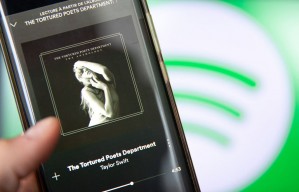According to new study published in the journal Nature Yale and MIT astronomers have detected a supermassive black hole devouring cold gas for the first time.
"This diffuse, hot gas is available to the black hole at a low level all the time, and you can have a steady trickle of it going in," Michael McDonald, assistant professor of physics in MIT's Kavli Institute for Astrophysics and Space Research, told MIT News.
The supermassive black hole at the centre of the Abell 2497 Brightest Cluster Galaxy doesn't seem to favour hot meals as previously thought. Rather, it's dining on very cold clouds of molecular hydrogen, with dashes of carbon monoxide and other "impurities" thrown in.
"Every now and then, you can have a rainstorm with all these droplets of cold gas, and for a short amount of time, the black hole's eating very quickly," McDonald said. "So the idea that there are these two dinner modes for black holes is a pretty nice result."
The clouds are moving at speeds of up to 355 kilometers per second—that's almost 800,000 miles per hour—and might be only 150 light years away from its edge.
Scientists have proposed an cold gas meal was conceivable in principle, however the most recent finding offers the hard proof.
"It's simply a beautiful, clean demonstration of cold gas moving inward toward the heart of a galaxy," Grant Tremblay, an astrophysicist at Yale University in Connecticut and lead author on the study, told Space.com.








